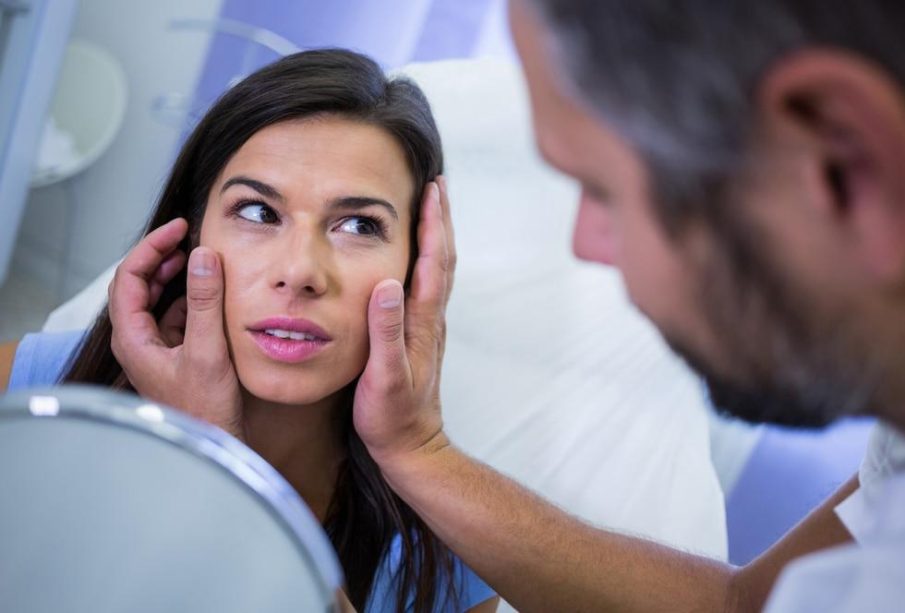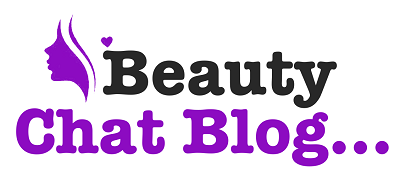Rhinoplasty Recovery: Navigating Your Healing

Whether you’ve recently undergone rhinoplasty or are considering it, this guide provides essential tips for a successful recovery. Learn how to manage discomfort, reduce swelling, and follow post-operative care to ensure a smooth healing process.
What Is Rhinoplasty?
Commonly known as a nose job, a rhinoplasty procedure is designed to reshape and improve the nose’s appearance. It addresses aesthetic concerns, enhancing facial harmony, and functional issues related to breathing caused by structural problems.
During the procedure, surgeons typically make incisions inside the nostrils (closed rhinoplasty) or at the base of the nose (open rhinoplasty). This allows them to reshape the bone and cartilage to achieve the desired aesthetic and functional outcomes.
Successful recovery is crucial for achieving optimal results. It involves adhering to specific post-operative care instructions provided by your surgeon.
Understanding The Rhinoplasty Recovery Process
Rhinoplasty recovery varies immediately after surgery. Discomfort, swelling, pain, bruising, and congestion are expected. Follow your surgeon’s instructions for pain management and care.
- First Week: Swelling and discomfort continue. Follow post-operative care routines, like cleaning incisions and using nasal sprays as directed. Avoid activities that strain your nose.
- First Month: Swelling and bruising typically decrease, and initial results appear. Follow-up appointments and your surgeon’s guidance are crucial.
- Long-Term Healing: Complete healing may take up to a year. While most swelling resolves within months, final results may take longer. Patience and realistic expectations are key.
Tips For A Smooth Rhinoplasty Recovery
Achieving the best results from your rhinoplasty requires careful attention during recovery. As advised by a rhinoplasty surgeon in Dallas, following these tips can help ensure a smooth and successful healing process:
- Follow Your Surgeon’s Instructions: Adhere closely to your surgeon’s post-operative care plan, including medication, appointments, and avoiding activities hindering healing.
- Rest and Take It Easy: Proper rest is vital. Avoid strenuous activities and elevate your head while sleeping to reduce swelling.
- Manage Discomfort: Use cold compresses and prescribed pain relief as directed.
- Eat a Healthy Diet: Focus on nutrient-rich foods to support healing.
- Stay Hydrated: Drink plenty of water to aid recovery and prevent nasal dryness.
- Avoid Smoking and Alcohol: Both can impair healing; avoid them during recovery.
- Protect Your Nose: Be cautious to prevent injury, especially in activities.
- Stay Positive: Recovery can be challenging; stay optimistic and seek support.
Managing Pain And Discomfort After Rhinoplasty
Pain and discomfort are joint after rhinoplasty, but effective management strategies can help. Here are tips for a more comfortable recovery:
- Take Prescribed Medications: Follow your surgeon’s instructions for pain relief medications without exceeding the recommended dosage.
- Apply Cold Compresses: To reduce swelling and alleviate pain, use a clean towel or cloth-wrapped ice pack on the affected areas.
- Use Nasal Sprays or Rinses: Follow your surgeon’s advice on using nasal sprays or saline rinses to moisturize nasal passages and relieve congestion.
- Rest and Elevate: Rest is crucial for healing. Avoid activities that increase blood flow to your face, and keep your head elevated while sleeping to minimize swelling.
- Follow a Healthy Diet: Eat nutrient-rich foods to support recovery and healing.
If you have severe or prolonged pain or recovery concerns, promptly contact your surgeon for guidance.
Taking Care Of Your Nose Post-Rhinoplasty
Proper post-operative care is essential for a successful rhinoplasty recovery. Follow these tips:
- Keep Incision Sites Clean: Follow your surgeon’s cleaning instructions to prevent infection.
- Avoid Blowing Your Nose: Gently dab with a tissue instead of blowing.
- Use Nasal Sprays or Rinses: Follow your surgeon’s advice for moisturizing nasal passages.
- Protect Your Nose from the Sun: Use a sunscreen or a hat to prevent sunburn and minimize scarring.
- Avoid Glasses: If possible, use alternatives to glasses that rest on the nose bridge.
- Be Gentle: Handle your nose delicately and avoid rubbing or picking it.
- Attend Follow-up Appointments: Regularly visit your surgeon to monitor progress and discuss any concerns.
Following these tips supports proper healing and improves rhinoplasty outcomes.
Common Side Effects During Rhinoplasty Recovery
During rhinoplasty recovery, you may encounter various temporary side effects. Here’s what to expect and when to seek medical advice if needed:
- Swelling: Swelling is normal and can last several weeks, peaking in the first few days and gradually improving.
- Bruising: Bruising around the eyes and nose may take weeks to fade. Your surgeon can suggest creams to minimize it.
- Congestion: Expect nasal congestion; nasal sprays or saline rinses can help alleviate it.
- Nasal Discharge: Temporary discharge is common; contact your surgeon if bleeding is excessive or has an odor.
- Numbness: Temporary numbness around the nose and upper lip should improve as nerves heal.
- Scarring: Closed rhinoplasty typically results in minimal scarring, while open rhinoplasty may leave a small scar at the base of the nose. Contact your surgeon promptly if you’re concerned or experience persistent side effects.
When To Contact Your Surgeon During Rhinoplasty Recovery
While discomfort and side effects are expected during rhinoplasty recovery, knowing when to contact your surgeon is crucial. Here are vital situations to reach out to:
- Excessive Bleeding: Contact your surgeon if bleeding persists despite gentle pressure.
- Severe Pain: Inform your surgeon if the pain worsens or becomes unbearable.
- Signs of Infection: Watch for excessive swelling, redness, warmth, or discharge at incision sites.
- Breathing Issues: Notify your surgeon of any breathing difficulties or significant changes.
- Unusual Symptoms: Seek medical advice for severe dizziness, vision changes, or persistent nausea.
Your surgeon is your best resource for managing concerns or complications during your rhinoplasty recovery. Early communication ensures proper care and recovery support.
Conclusion: Embracing Your New Nose
You are choosing a rhinoplasty specialist to begin your journey toward achieving your desired nose. Recovery from this transformative procedure can be rewarding both physically and emotionally. Follow the tips in this article to navigate your healing confidently.
Every individual’s recovery is unique, so it’s crucial to be patient and give your body the necessary time to heal. Your surgeon will offer personalized advice and support throughout your rhinoplasty recovery journey.
Embrace your new nose and revel in its enhanced facial harmony and self-confidence. A successful recovery will empower you to navigate life confidently with your beautifully transformed nose.







